In the early 1900s, the place now known as Orchard Beach did not exist as a single, sweeping crescent of sand. Instead, the shoreline of Pelham Bay Park was a more rugged and natural coastline, a collection of separate islands, salt marshes, and small, private beaches. This area, at the western end of the Long Island Sound, was a rustic summer escape for New York City residents looking to flee the city’s heat.
The landscape was defined by its islands. Hunter Island, the largest, was a heavily wooded expanse connected to the mainland by a man-made stone causeway. It was known for its towering oak, hickory, and chestnut trees, including the ancient “Gray King,” one of the largest white oaks in the region. To its south lay the Twin Islands, smaller landmasses separated from Hunter Island and each other by tidal streams. The water separating these islands from the mainland of Rodman’s Neck was a strait called LeRoy’s Bay.
This collection of islands and coastline was the Bronx’s summer riviera. Families would arrive by ferry from nearby City Island or by carriage to spend the season in makeshift accommodations. The most common form of summer living was the tent colony. Hundreds of canvas tents were pitched along the shores, creating temporary communities that thrived from May to September. These were simple setups, offering a direct connection to nature that was impossible to find in the city’s crowded tenements and apartment buildings.
Read more
Alongside the tents stood more permanent, yet still modest, summer bungalows. These small wooden shacks, often built by their owners, dotted the landscape. They had no electricity or running water, but they provided a cherished foothold on the waterfront. Life here was simple, revolving around swimming in the sound, fishing off the rocky shores, and boating in the calm waters of LeRoy’s Bay.
The area was not entirely wild. The Hunter Island Inn was a well-known resort that catered to day-trippers and vacationers. This large hotel and restaurant offered meals, drinks, and entertainment, serving as a social center for the summer communities. It provided a more formal experience compared to the rustic living in the tent and bungalow colonies.
Smaller, private beach clubs also claimed sections of the shore. These clubs offered their members bathhouses, picnic areas, and a sense of exclusivity away from the more public areas. For many Bronx families, a summer trip to the shores of Hunter and Twin Islands was a treasured tradition, a chance to experience a simpler life on the edge of the growing city.


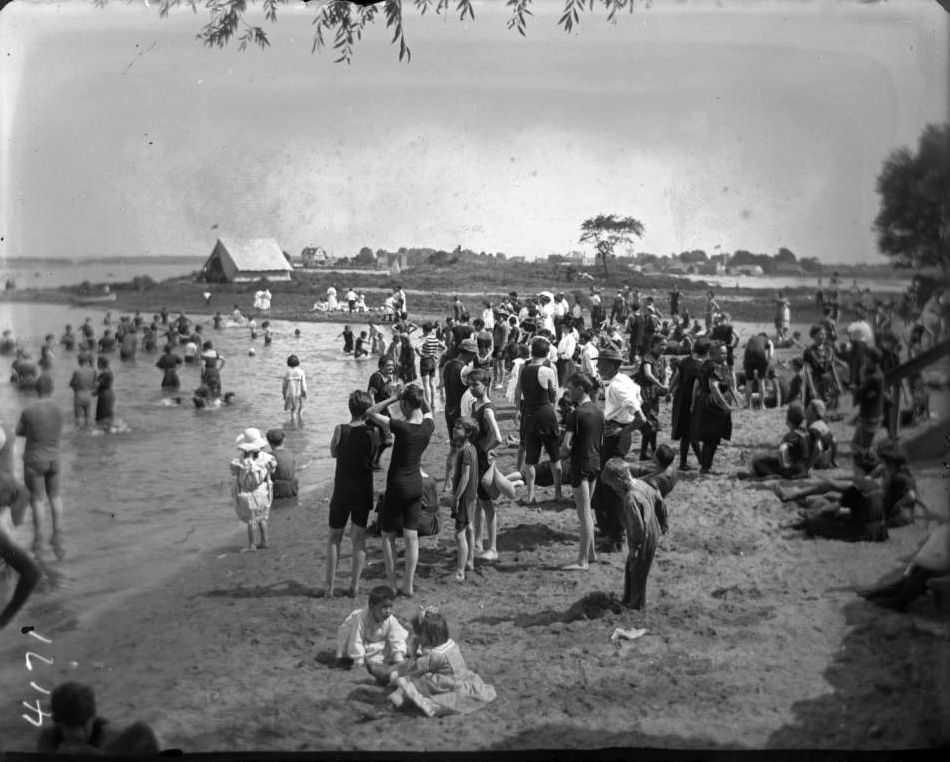
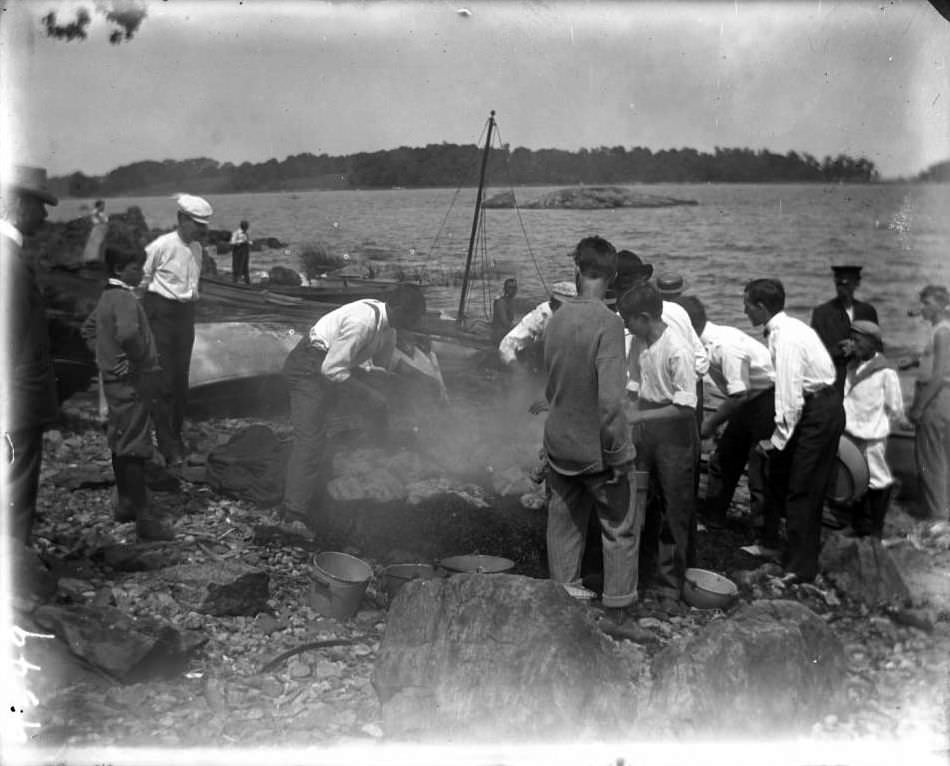
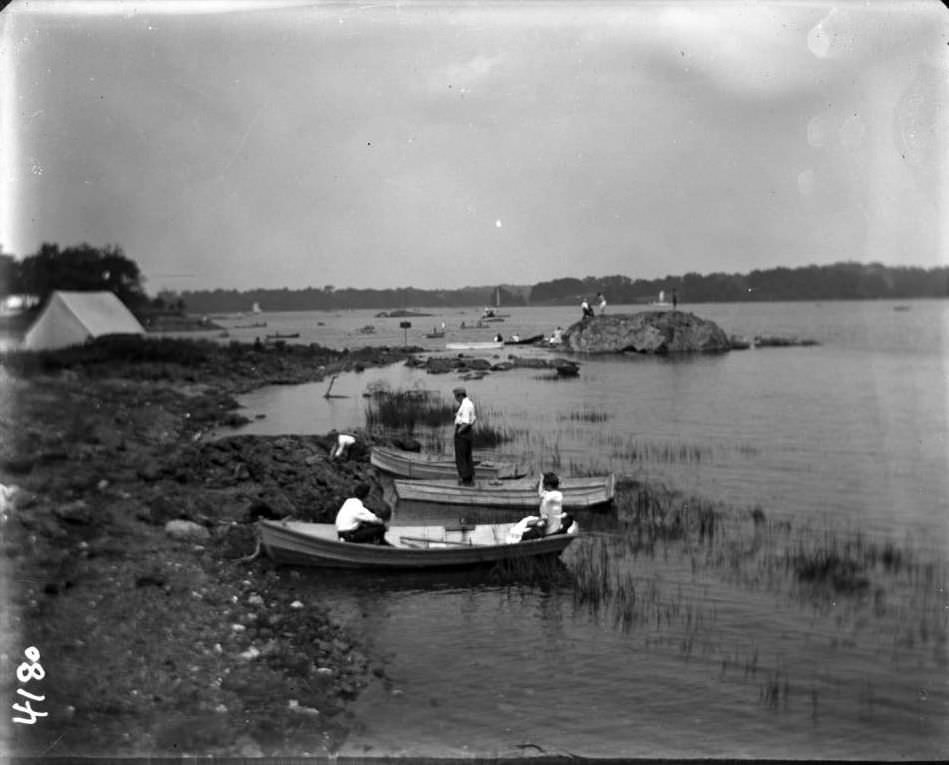
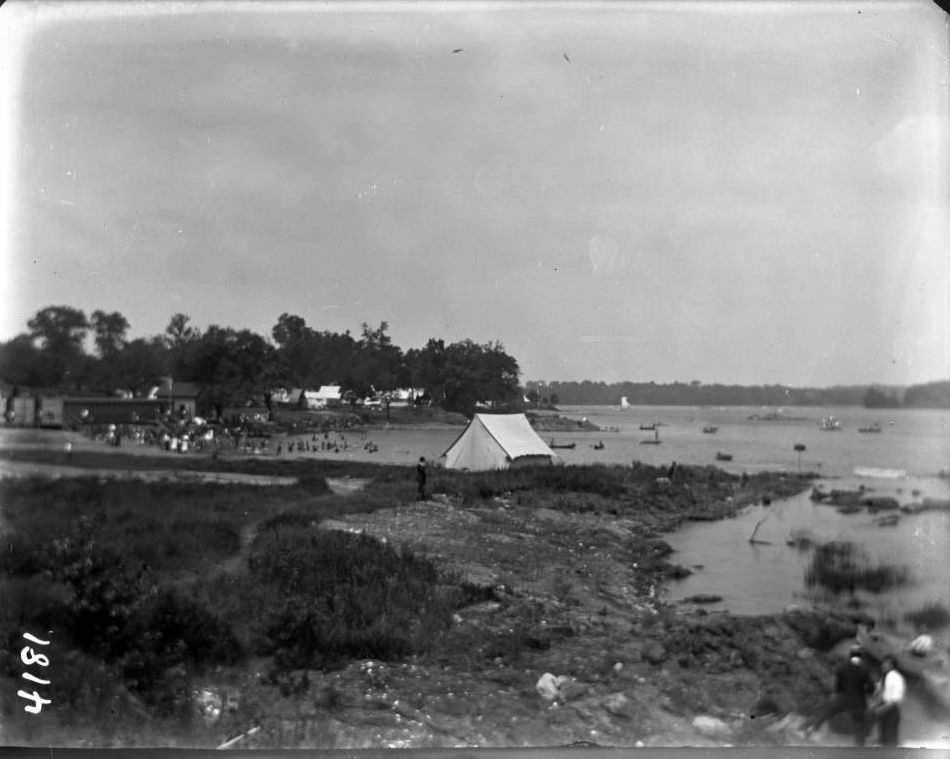
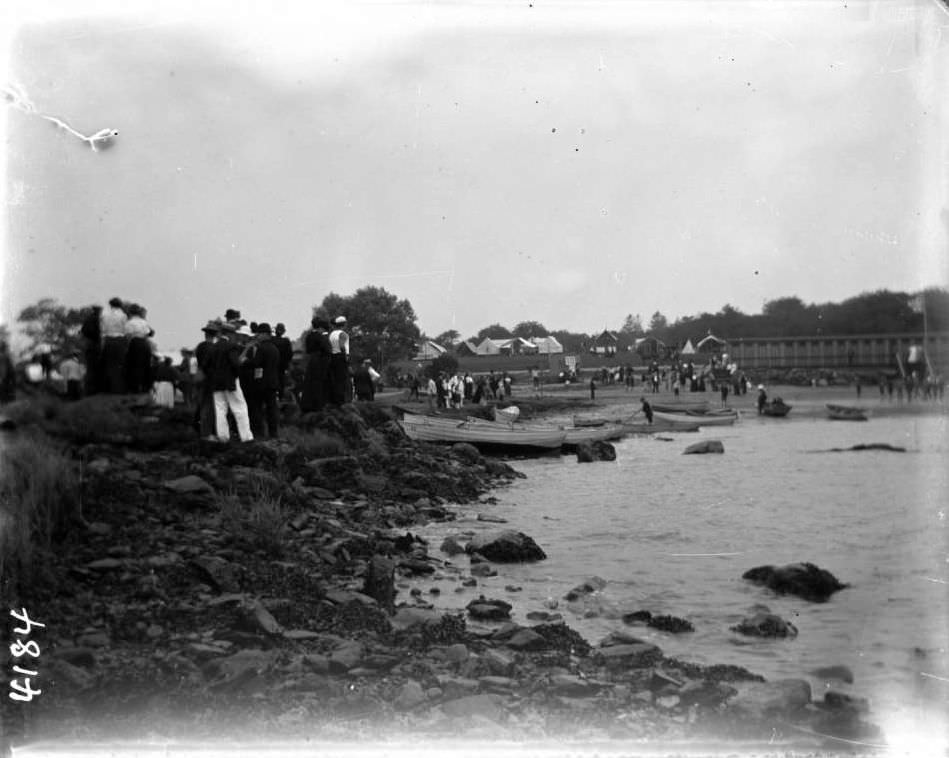
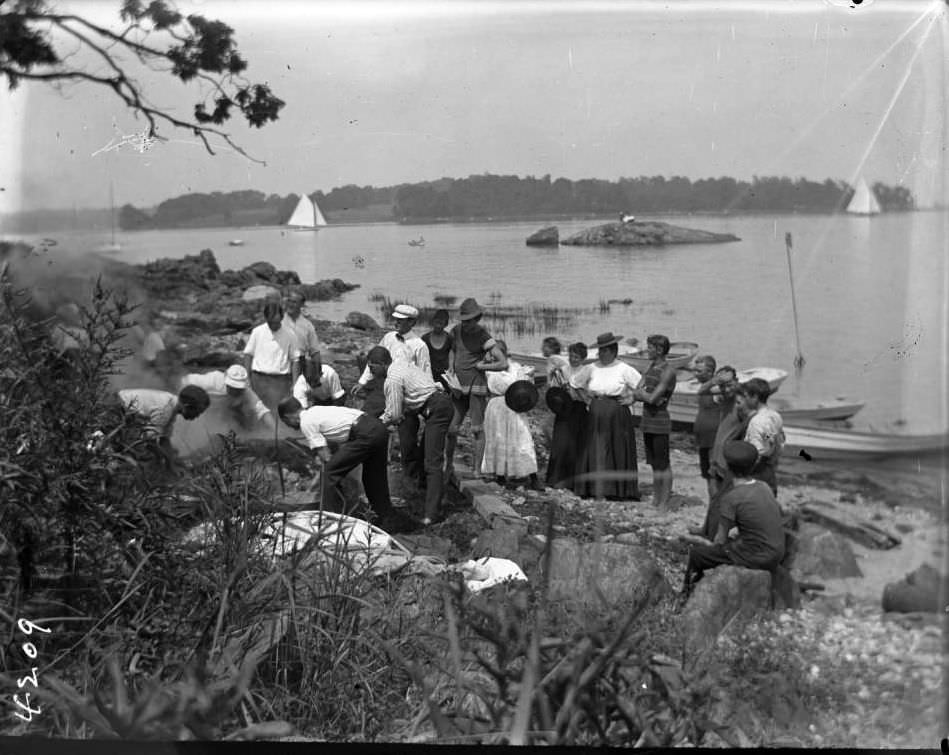
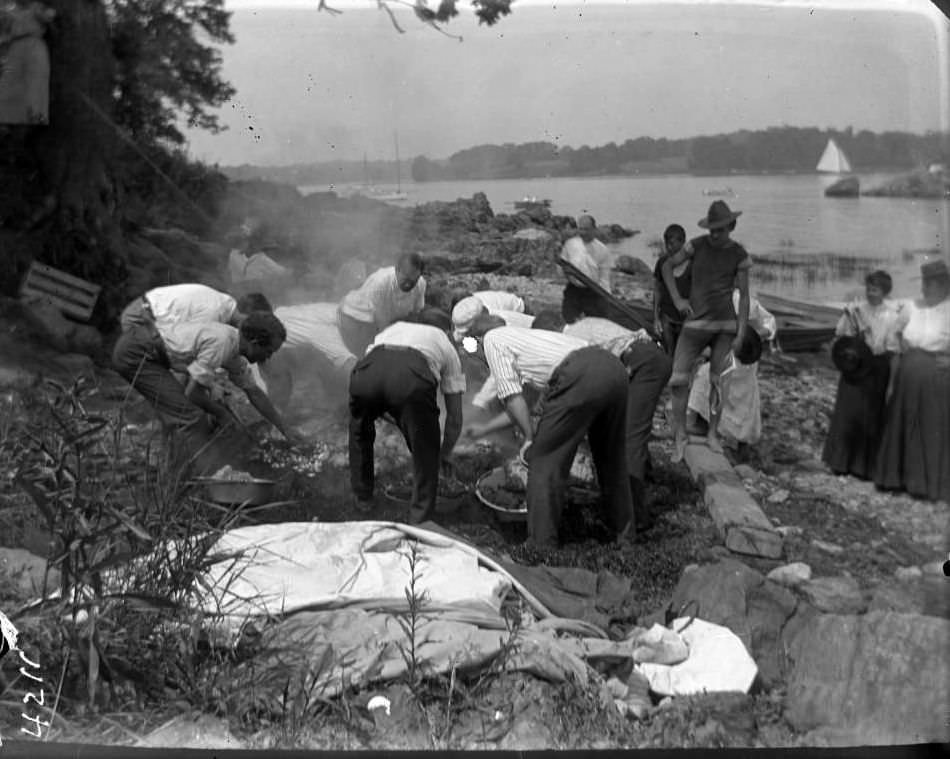

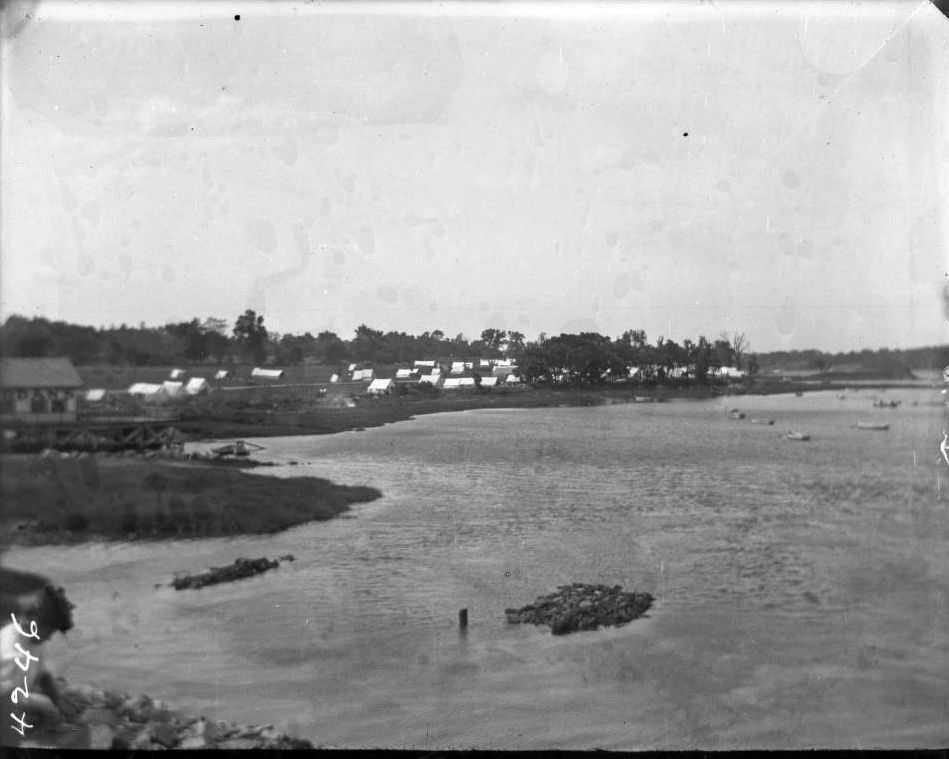
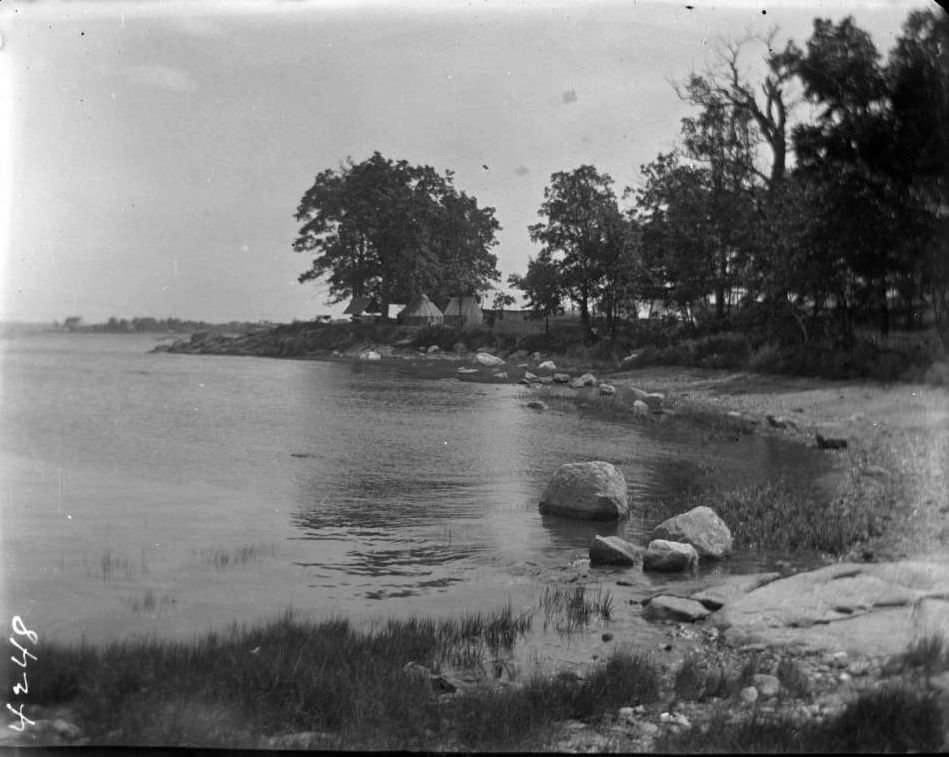
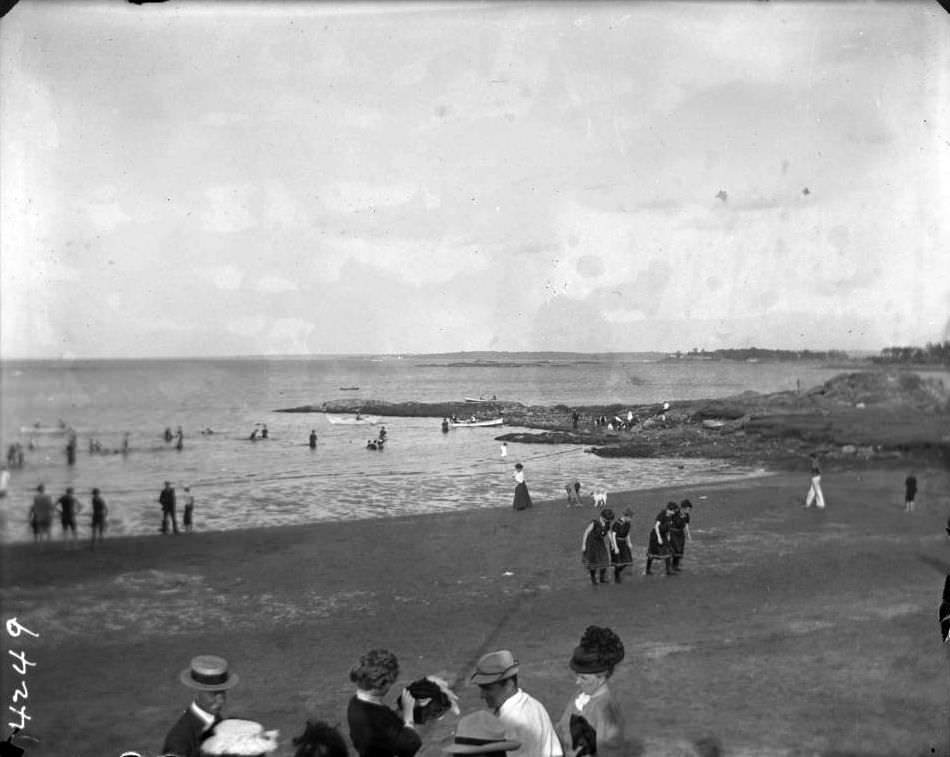
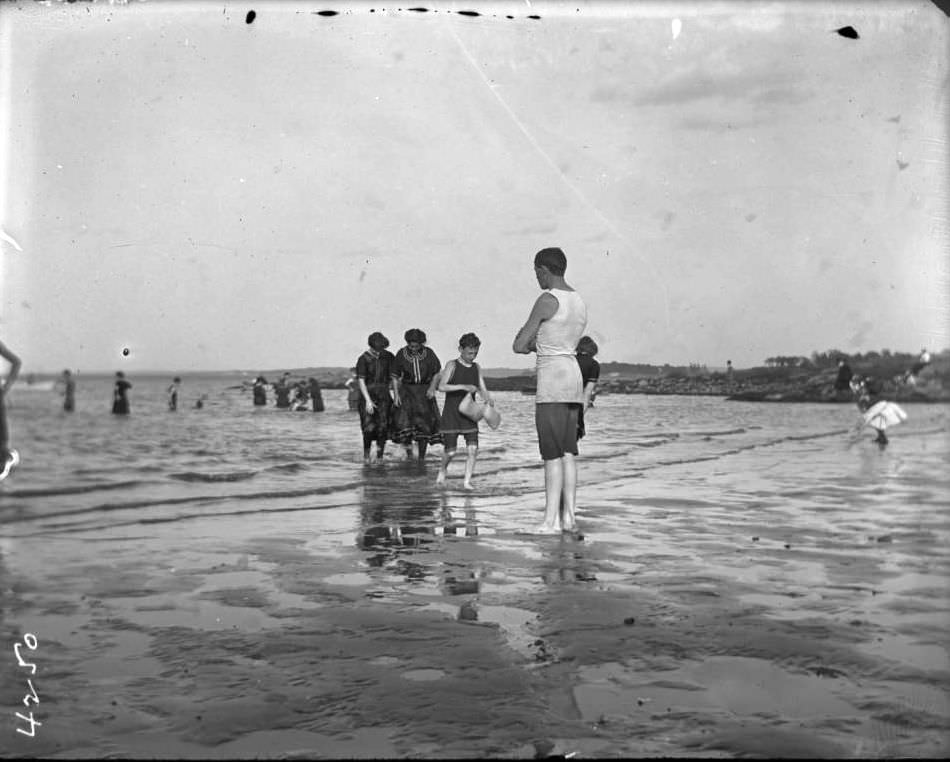
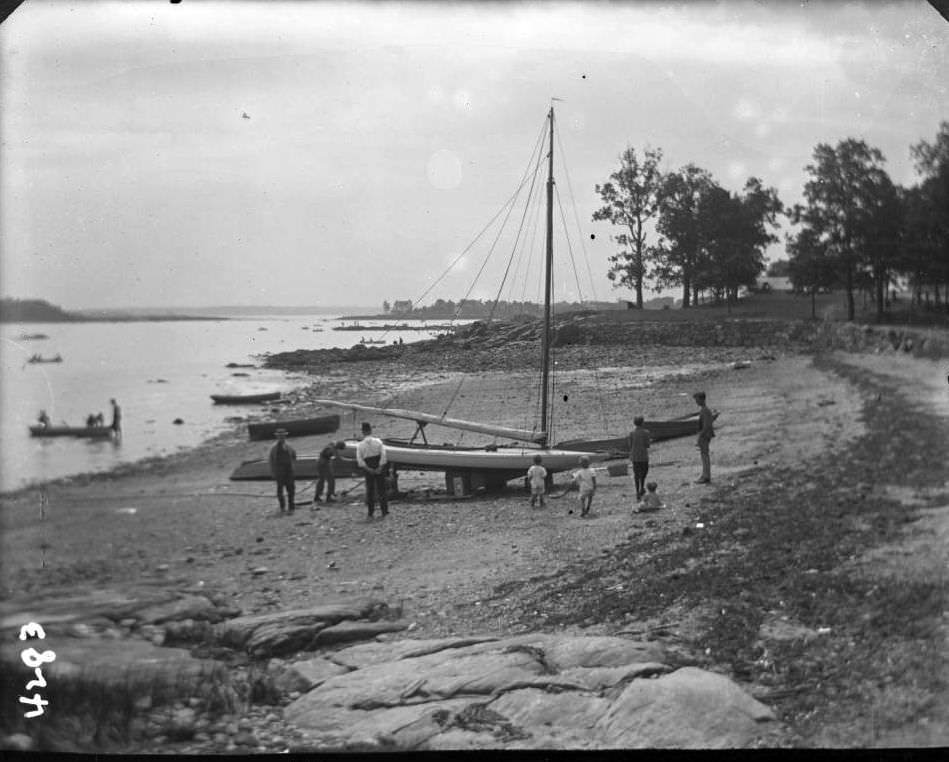
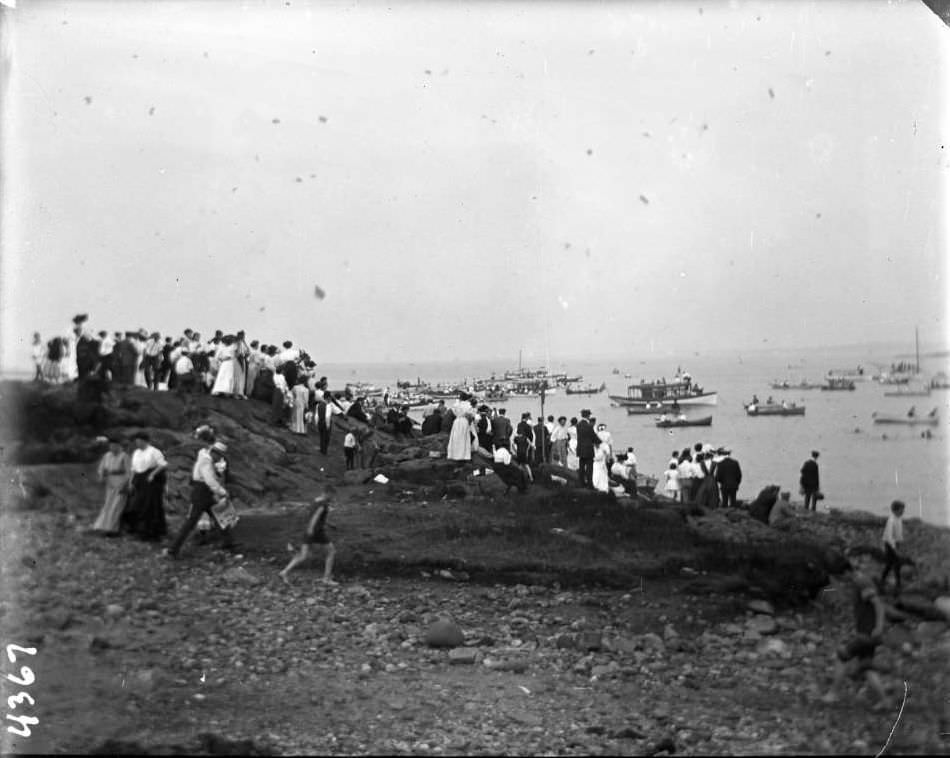
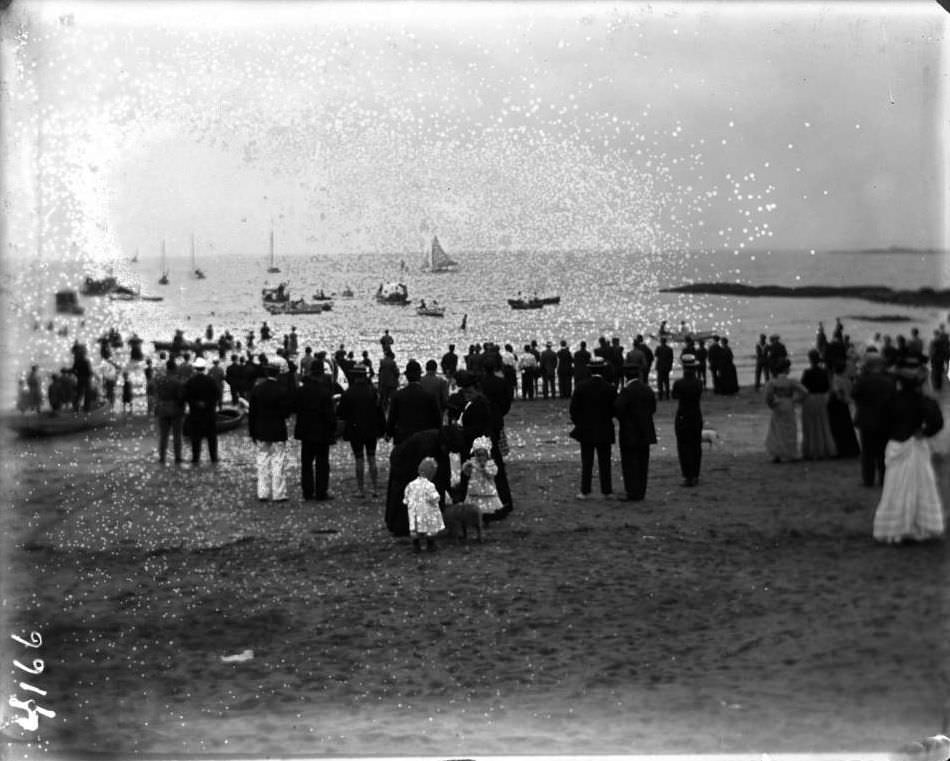
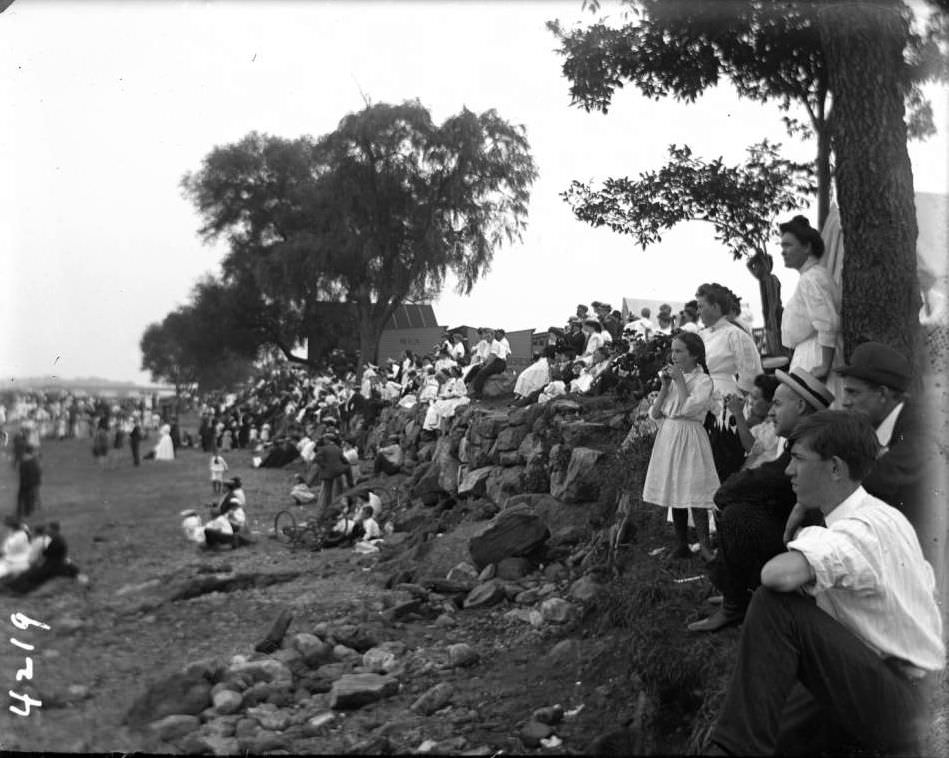
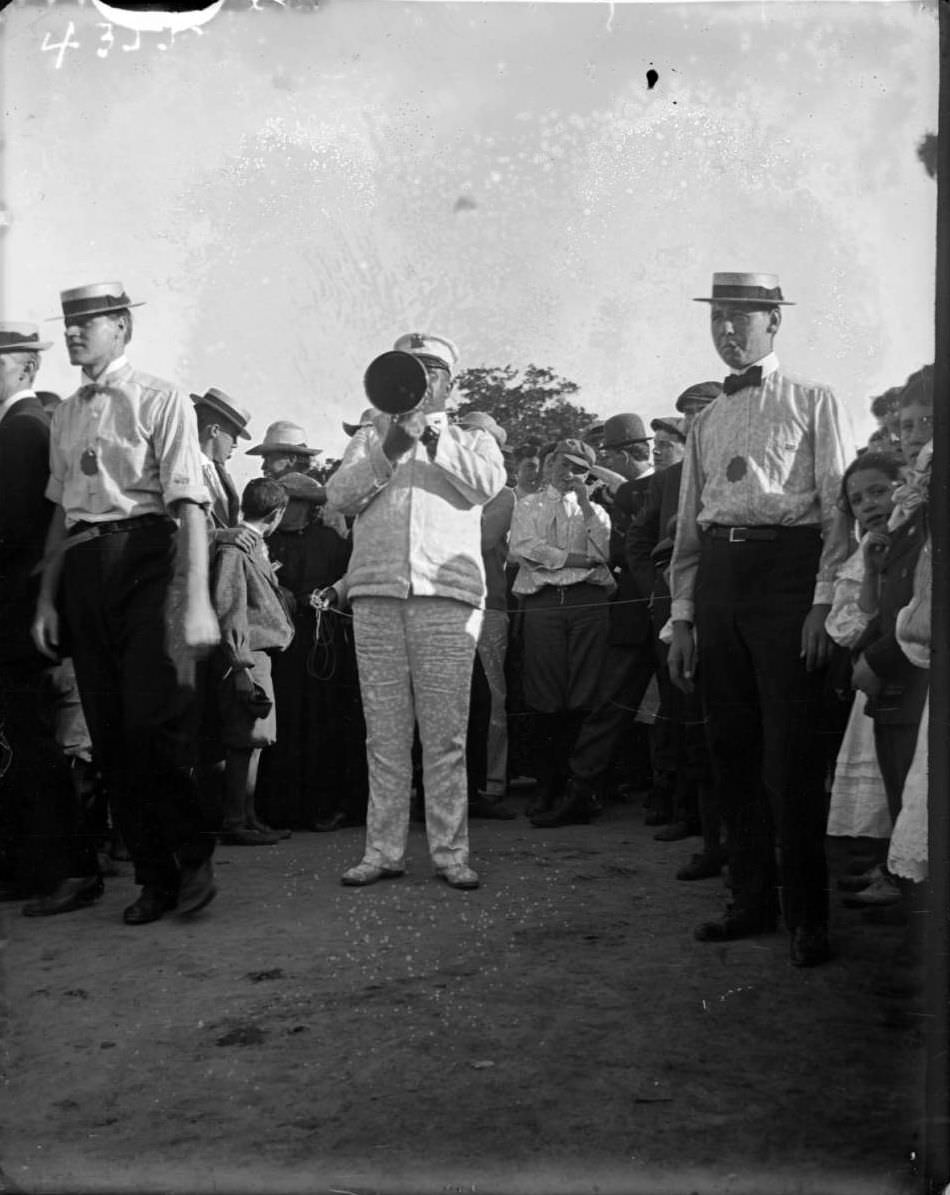
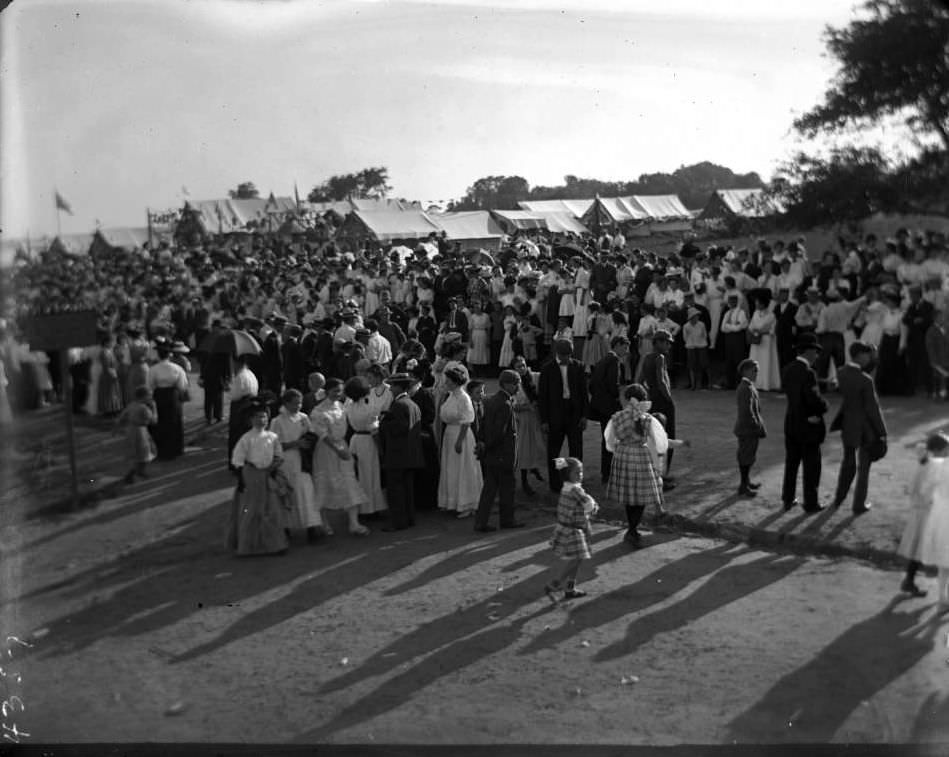
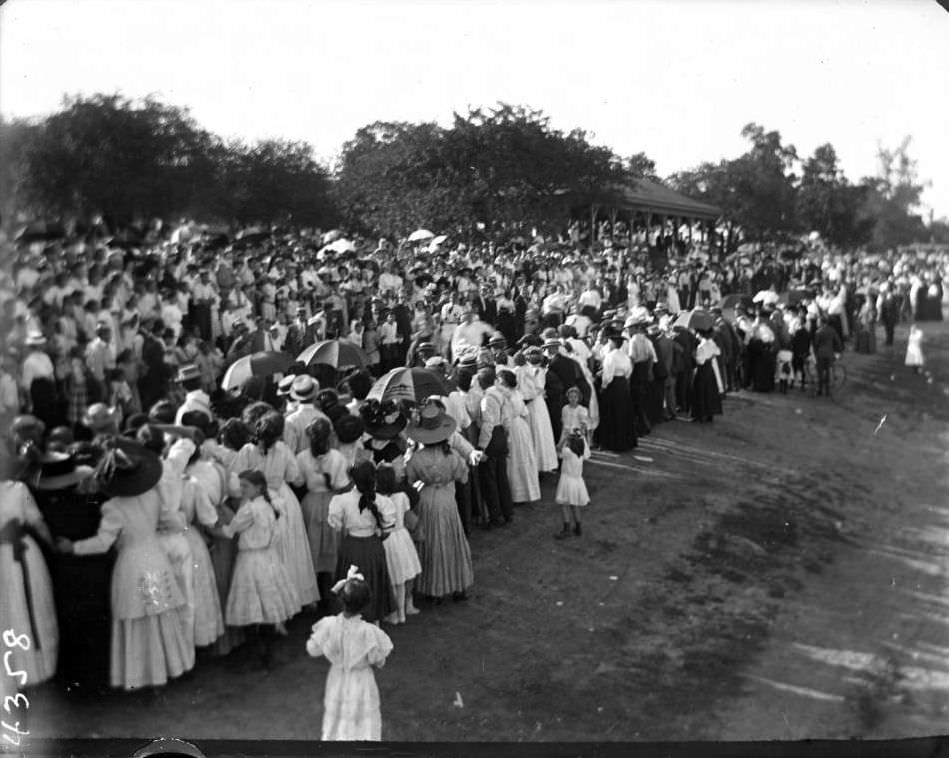
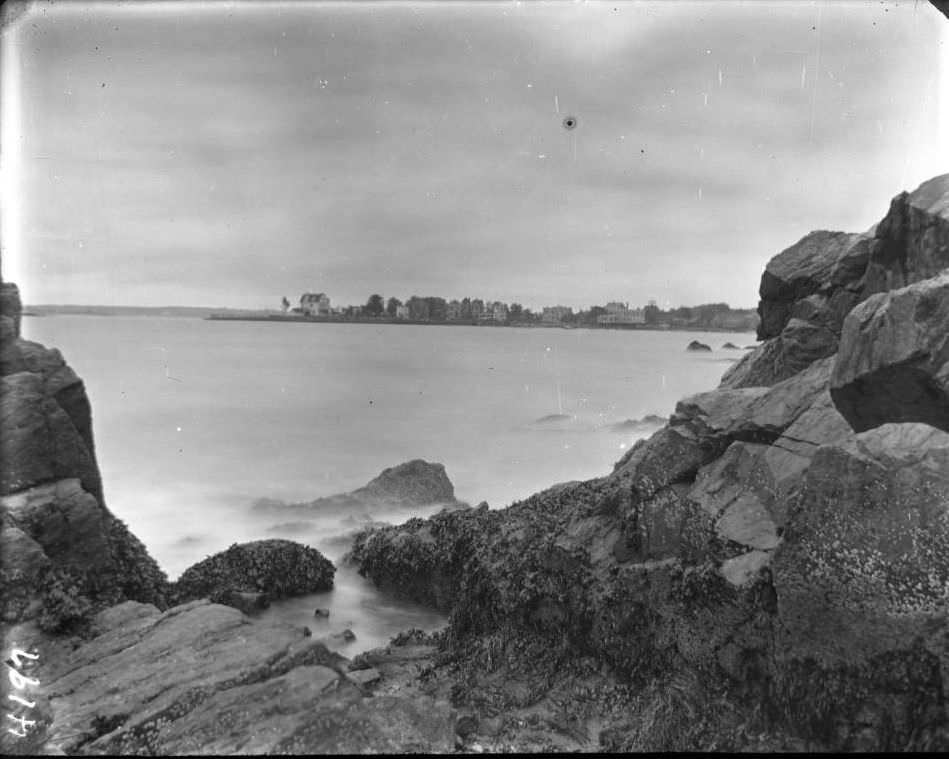
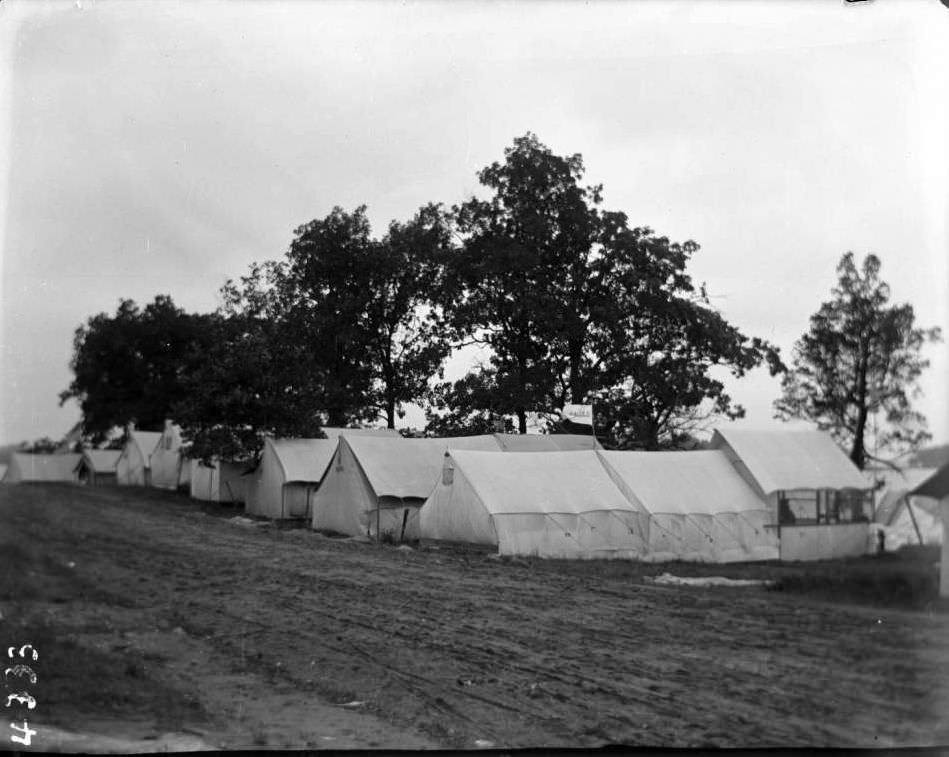
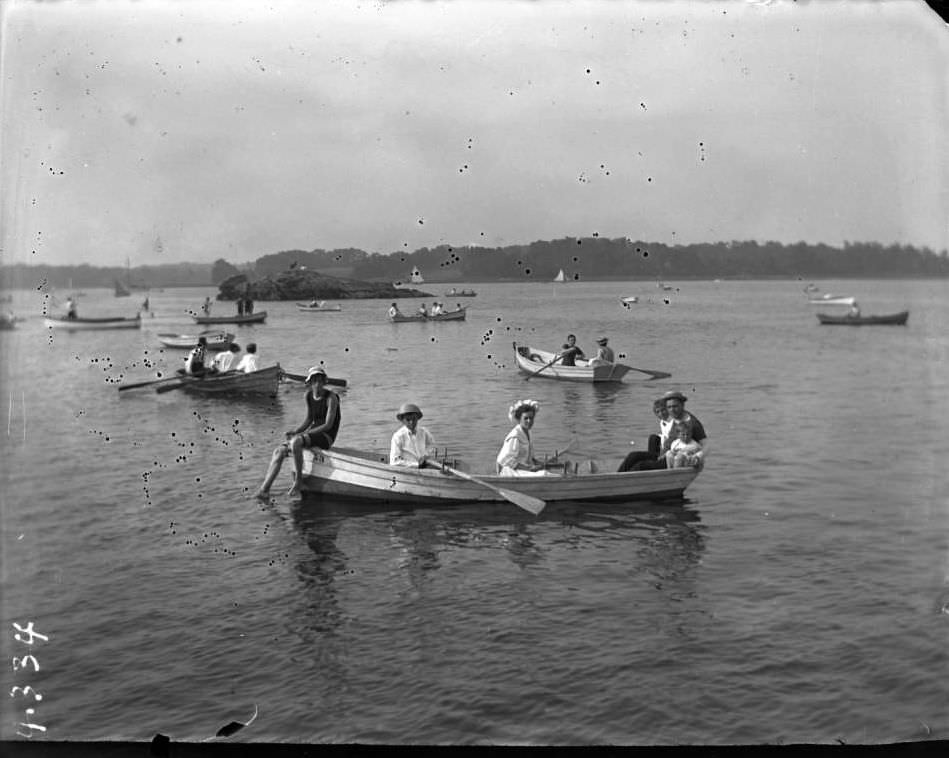
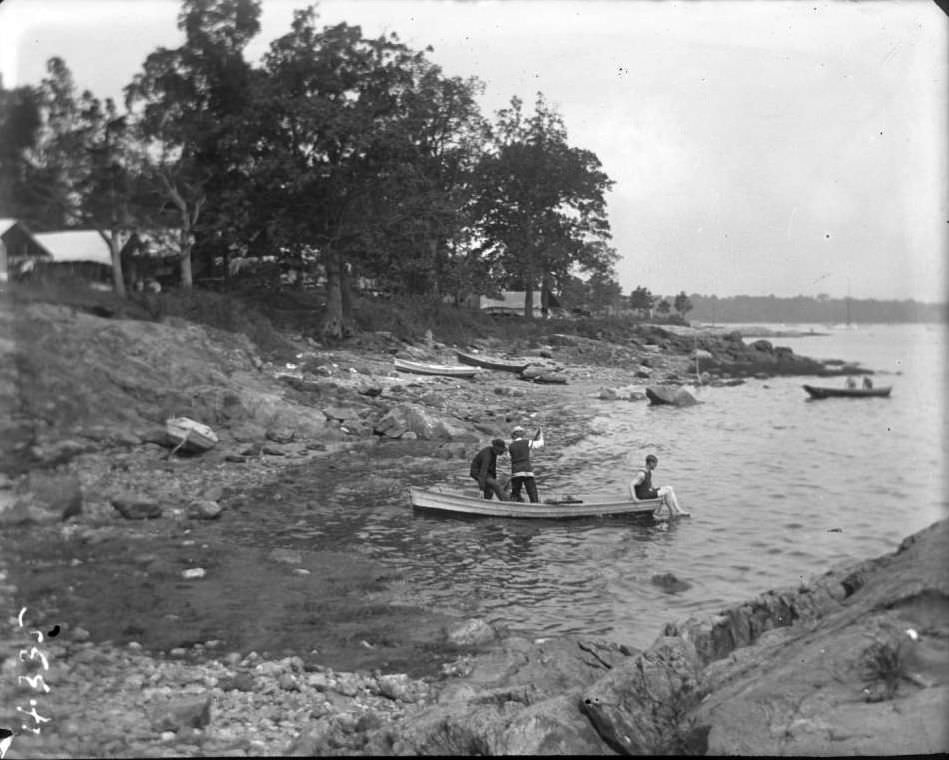
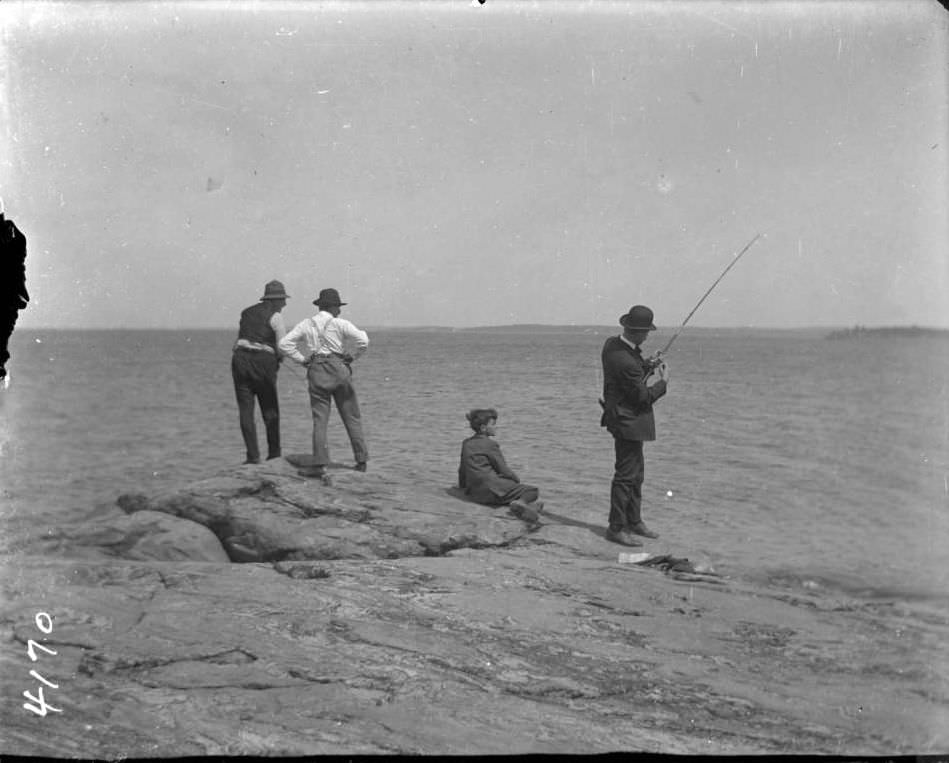
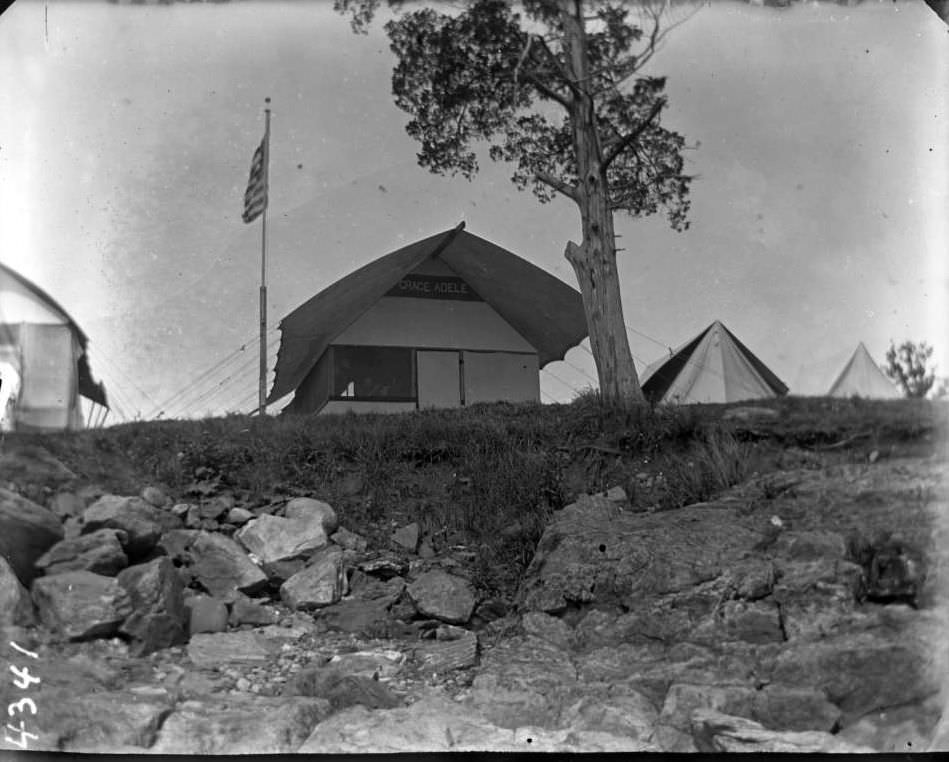
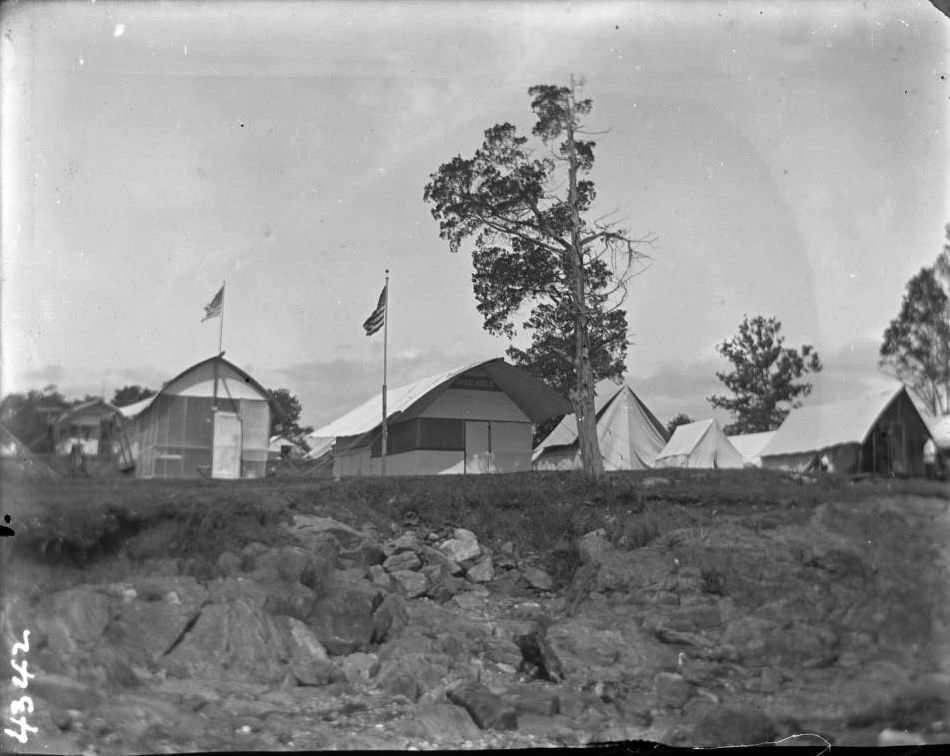
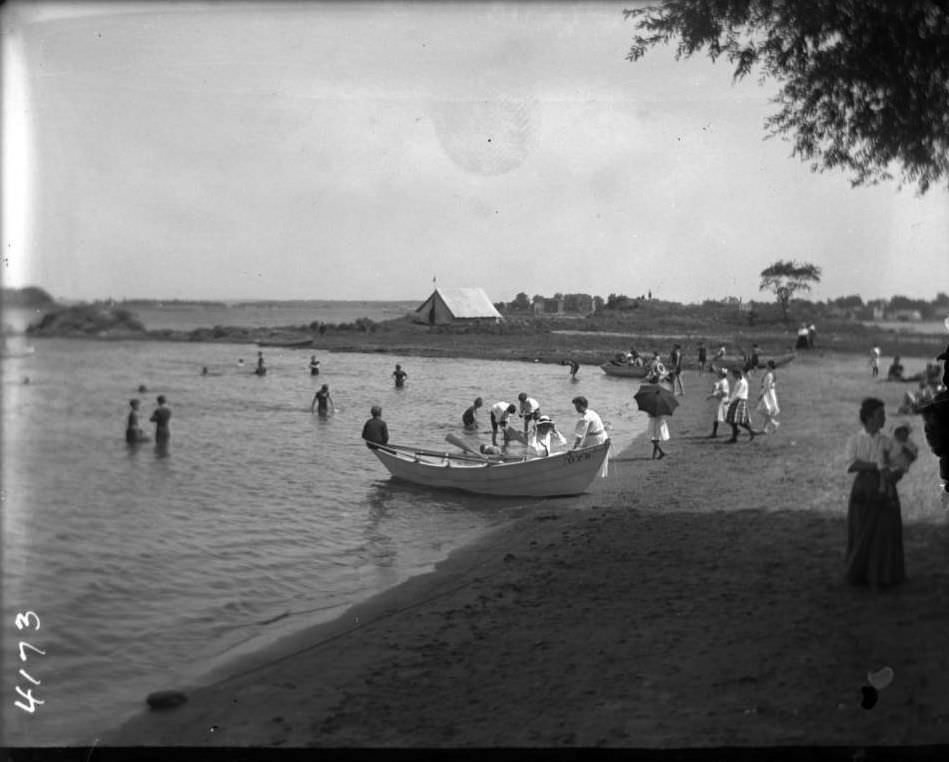
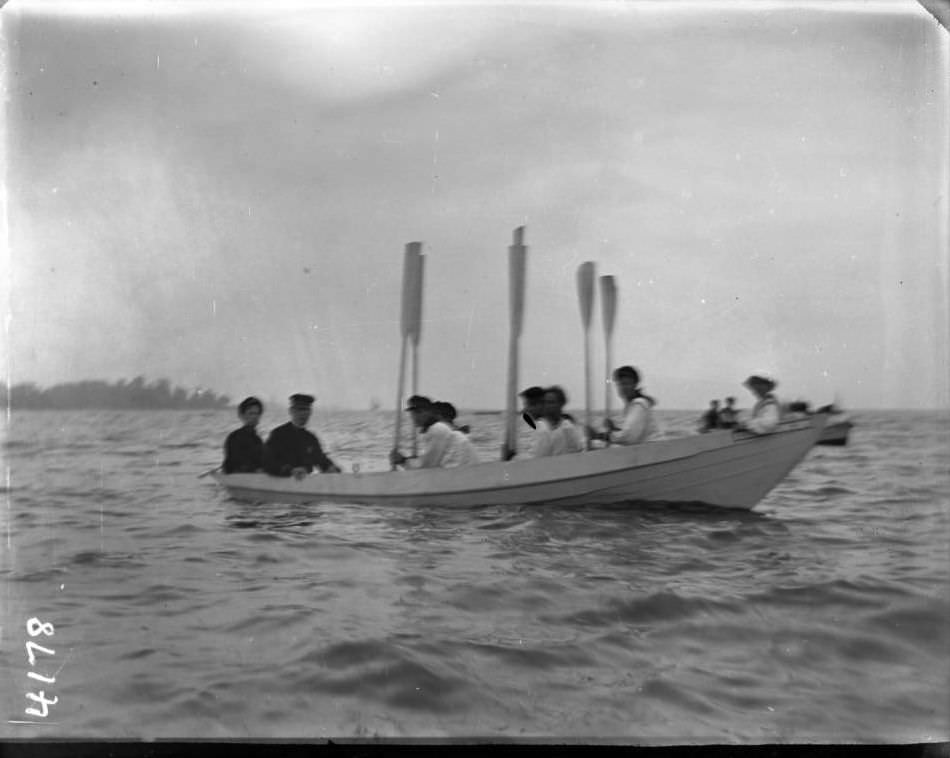
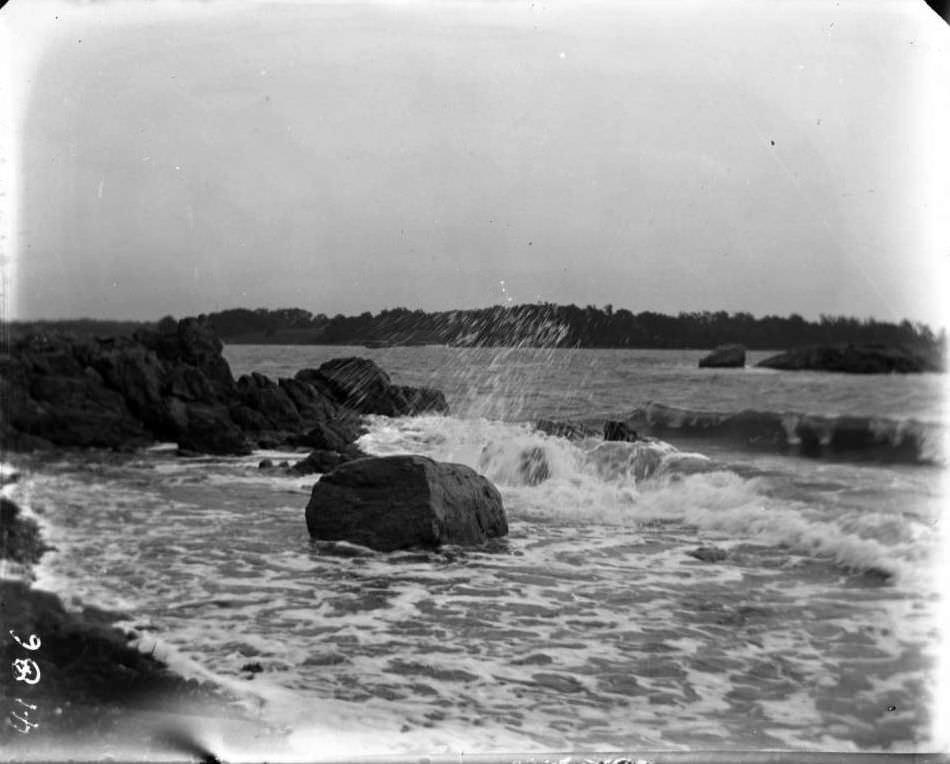
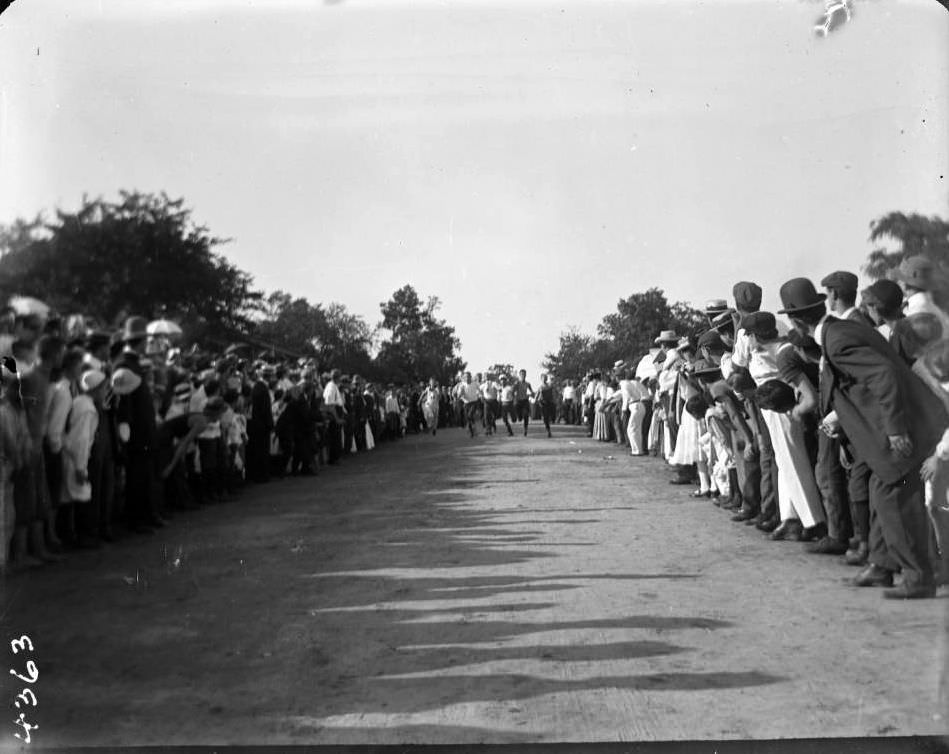
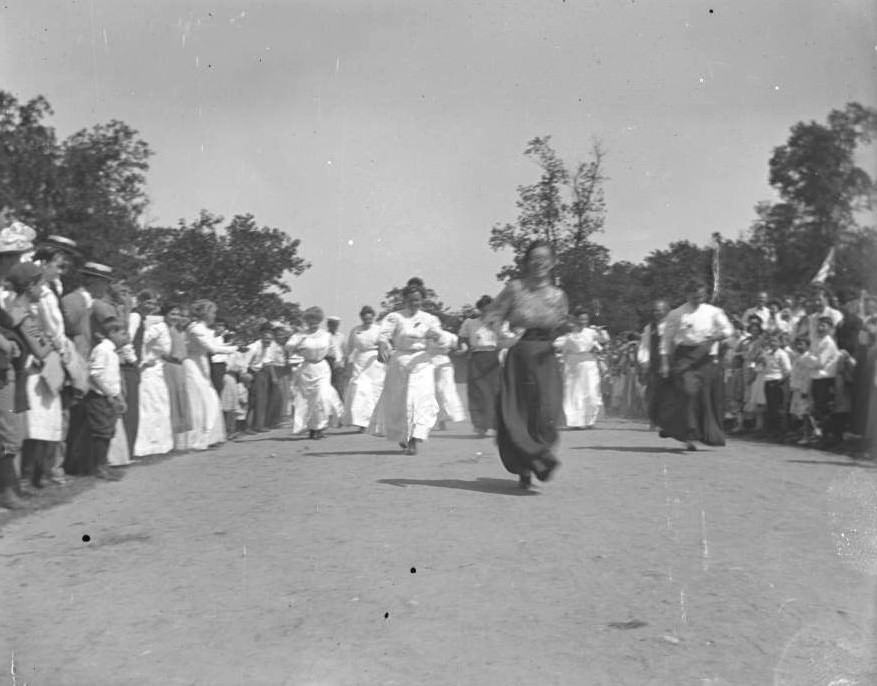
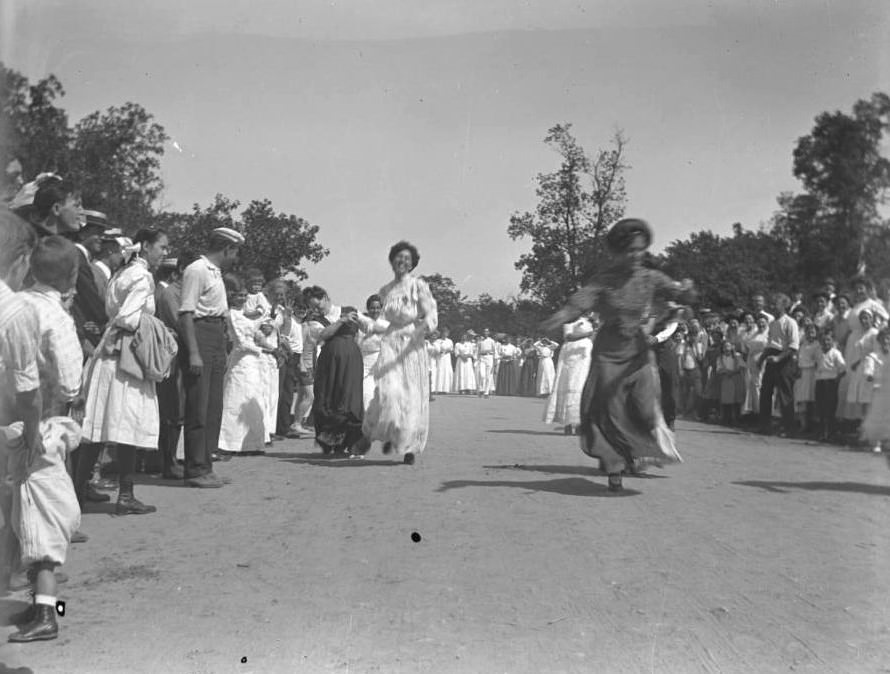
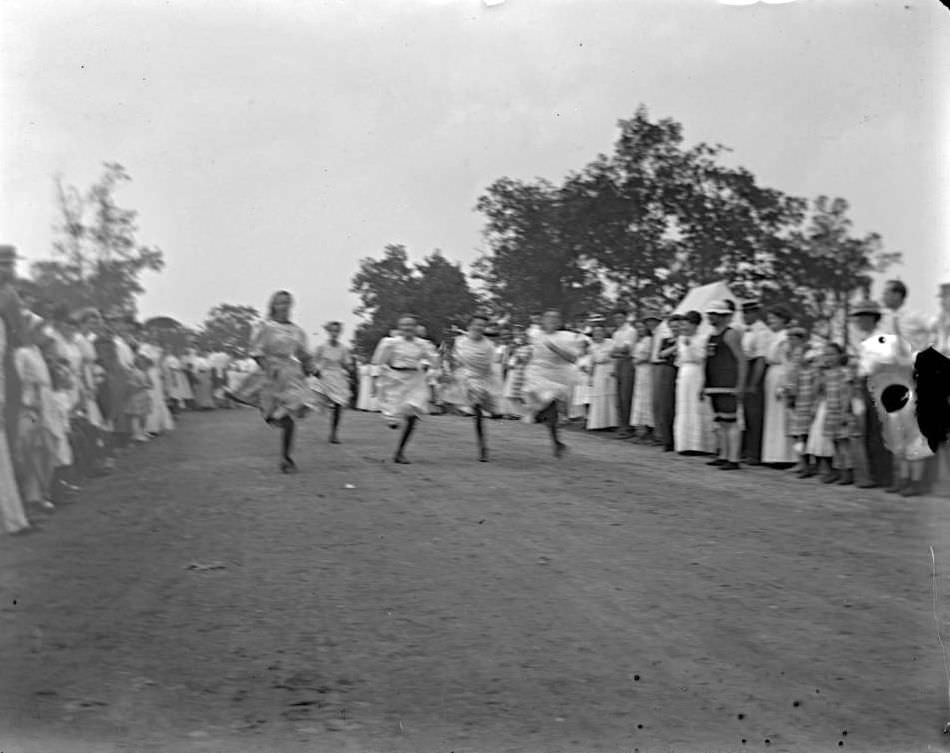

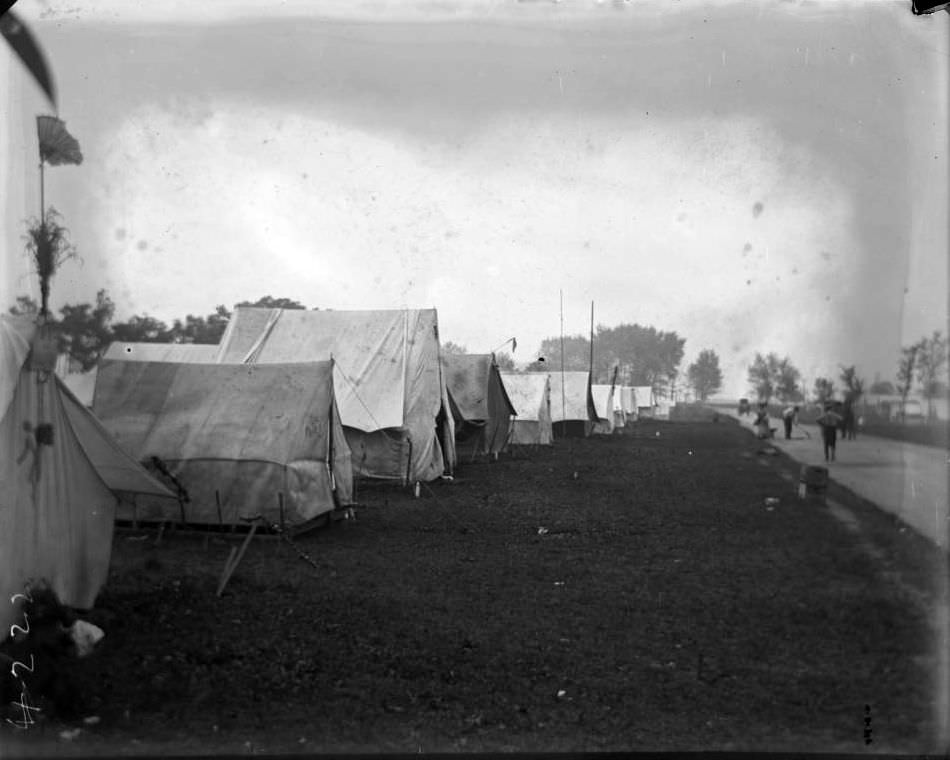

GIPHY App Key not set. Please check settings